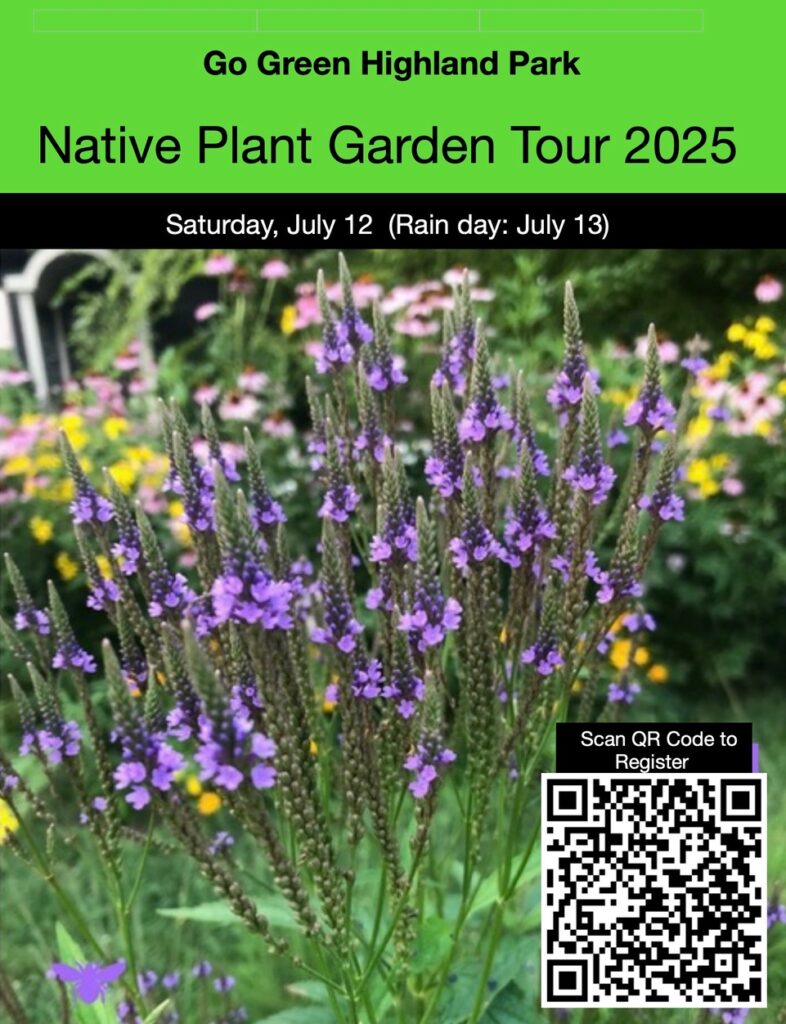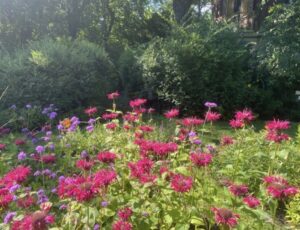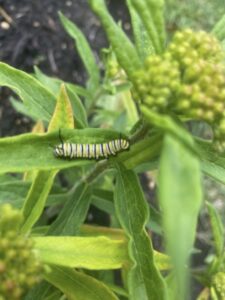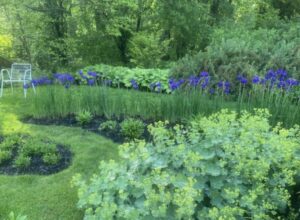Join us for a free native plant garden tour on Saturday, July 12, 12-4 p.m. (rain date: Sun, July 13). Register today! Sign up here and A URL to a map of the five gardens will be emailed several days before the event, along with a list of host site addresses.
To respect our hosts’ privacy prior to the event, a tour map of the five gardens will only be posted on our website from July 10 through the end of the tour.







